There are a lot of things going on with me professionally and personally this Summer so from July to September 2025, there will be one post per week.
Thanks for your patience.
Mari
There are a lot of things going on with me professionally and personally this Summer so from July to September 2025, there will be one post per week.
Thanks for your patience.
Mari
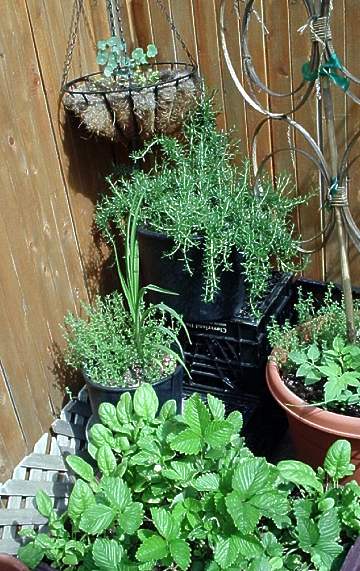
One of the things I miss about my Truxton Circle home* is my patio garden. I loved being able to pop out of the kitchen backdoor and grab a few herbs for cooking. I did grow other things, like alpine strawberries.
You will never find alpine strawberries in your local store or farmers market. These things are too fragile to survive transport. But they are supertasty.
They grow in not so sunny yards such as my backyard patio.
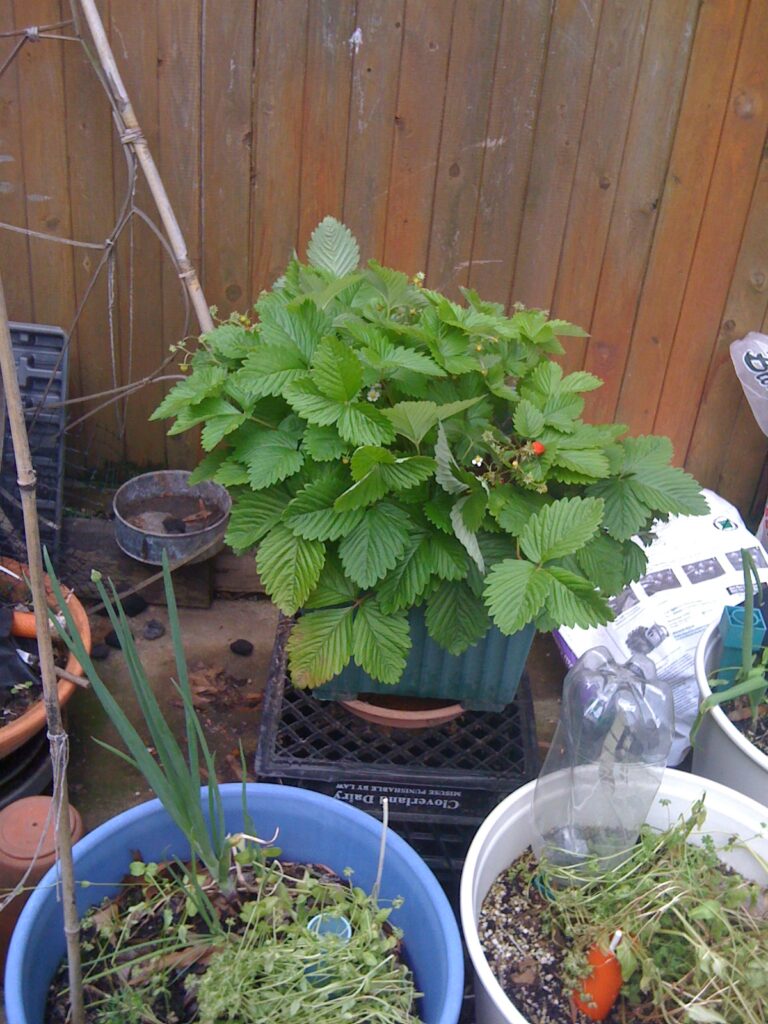 Now some of these plants made it to the Maryland abode and with a larger yard with sun, these things flourished. In DC I was able to get a few tasty fruits and was happy. Now with a few more plants because they like the sun (who knew?), I can snack on them when putting around in the garden. I can get a decent handful in one outing, depending on if anything has gotten to them.
Now some of these plants made it to the Maryland abode and with a larger yard with sun, these things flourished. In DC I was able to get a few tasty fruits and was happy. Now with a few more plants because they like the sun (who knew?), I can snack on them when putting around in the garden. I can get a decent handful in one outing, depending on if anything has gotten to them.
What do they taste like? Strawberries. A mushier strawberry.
They do not have runners. They grow in clumps. They have survived several harsh DC/MD winters. The squirrels (and deer) don’t seem to be too interested in them. Slugs like them.
They do grow from seed, but it can be challenging. If you have room or just want the greenery, I recommend them.
*I moved to the suburbs of PG County in 2021 during the pandemic.
Everyso often people argue about the boundaries of the Shaw neighborhood. Here’s a map from 1971 from the National Capital Planning Commission. It also shows the 14th St Urban Renewal Area, but little matter.
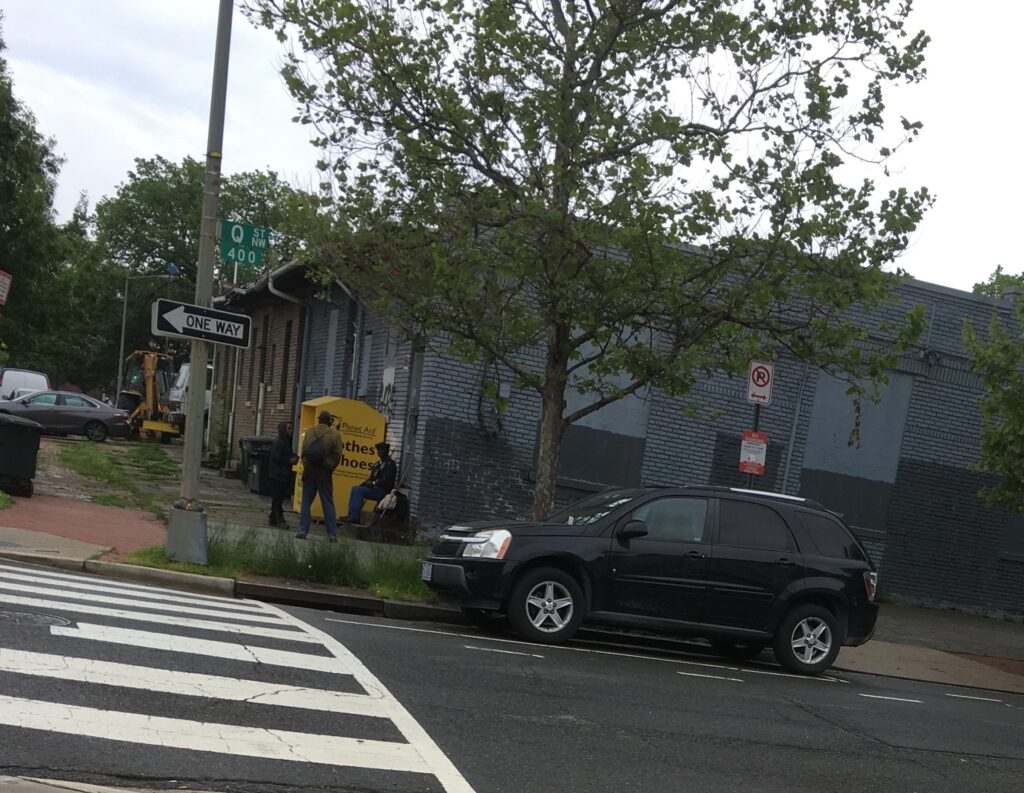
I do not miss the old guys who sold heroin on the corner of 4th & Q. I do not miss calling 911 or 311 depending on the ever changing policy and not getting great results.
But they weren’t all that bad. One winter, Jimmy and the crew joined in with the snow shoveling.
They were better than the young men who sold drugs on my or other nearby corners. Young men attract more violence. With the old guys, I didn’t worry as much about drive bys and stray bullets. Slow moving men can’t fight turf battles.
I did worry when younger men started hanging out there.
Before the old men. It used to be the spot where screamy teenagers would hang out and….. scream.
I was going through some of photos and decided to post.
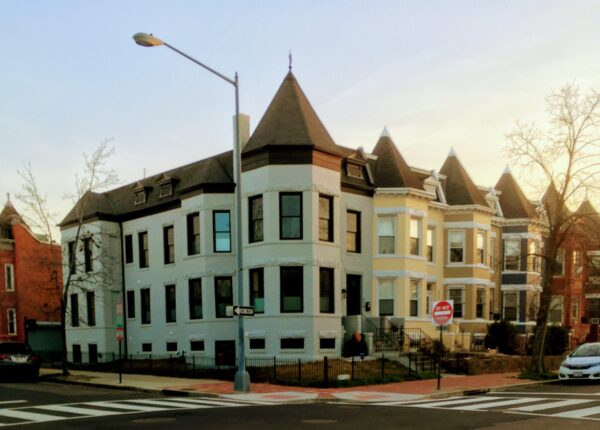
Above is what 319 R St NW looks like now.
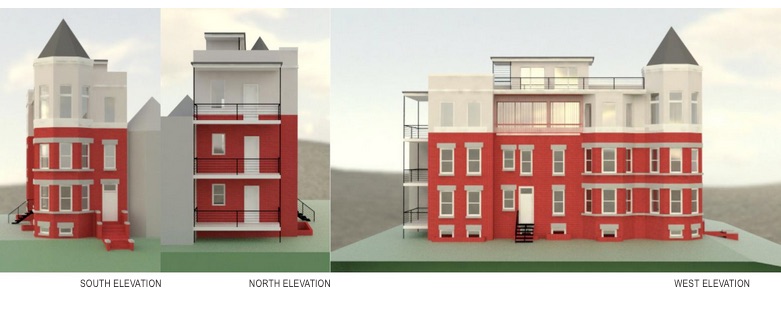
Then there was the alternative reality of what it was supposed to look like.
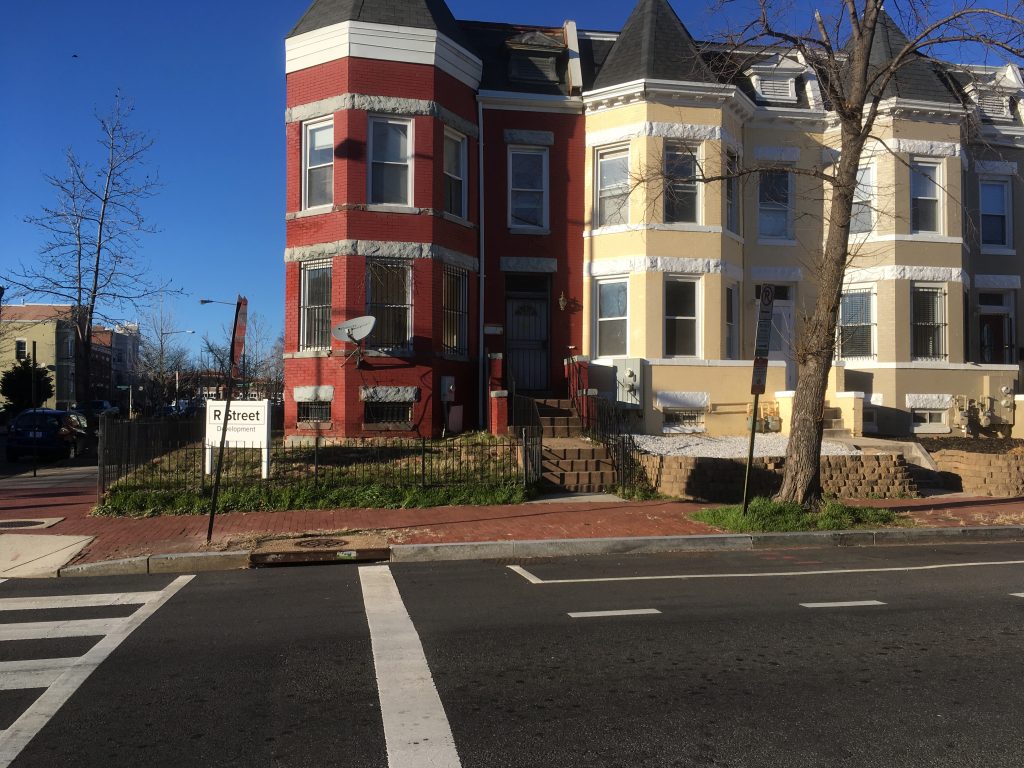
And lastly, 319 R St NW back when the Korean church owned it for mission work.
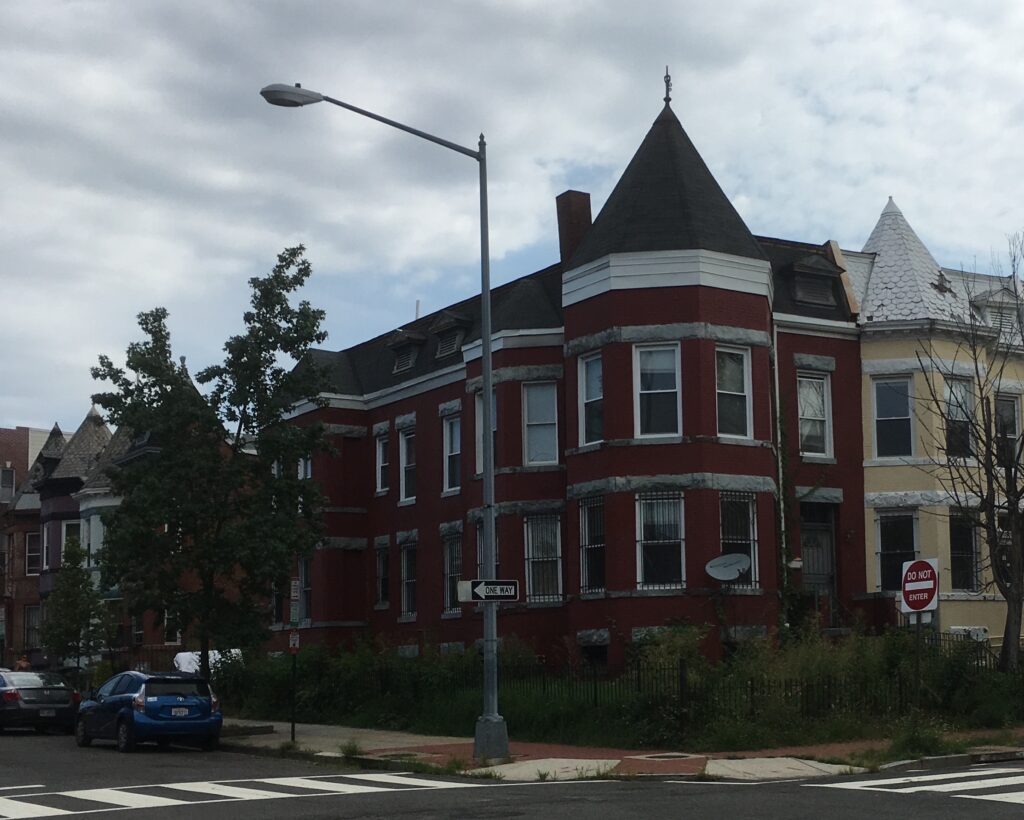
Links to my previous posts about 319 R St NW:
319 R St- Off Market sad-face
I provided the gun but I didn’t shoot him: Historic Landmarking of Sq. 519
319 R St NW- There can be a way forward with a turret
319 R St NW- The Turret is Plan B
319 R St NW- Not hoping for the best, but the less ugly with a turret
319 R Street NW- a sign
319 R St NW
319 R Street the plan
Well we need more of this kind of missionary work
I’m changing my Flickr account from paid to free and to do that I had to delete over 2000 images. Some of the images were transferred to this blog. The exercise did have me going down memory lane.
In 2017 two artists, Brian Bakke & Ira Tattleman, and myself had an exhibit in Truxton Circle called the Triangle Known as Truxton Circle. One of my exhibits showed the demographic changes to Truxton Circle from 1880-2010.
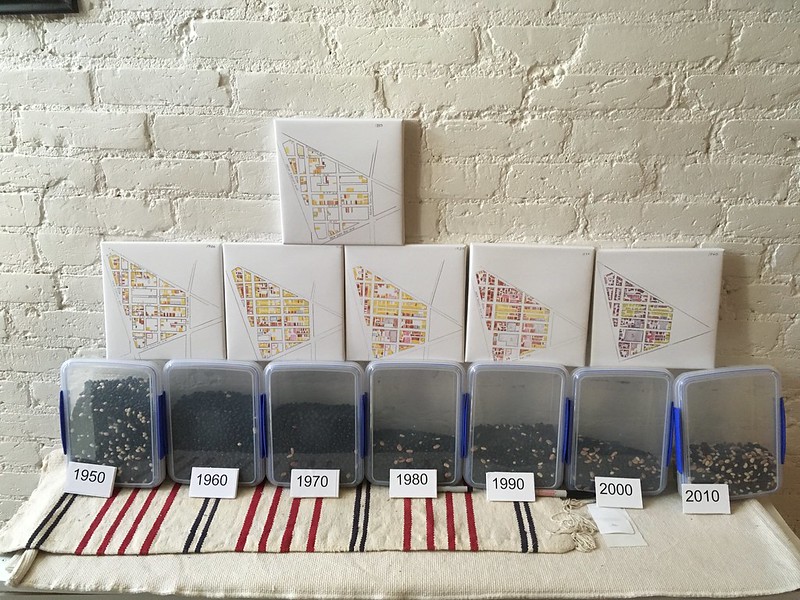 The drawings were of the filling out of the neighborhood. The top map was 1880. The following were 1900-1940.
The drawings were of the filling out of the neighborhood. The top map was 1880. The following were 1900-1940.
On the maps, I took house by house information and colored white households with yellow; Black households with brown; government in blue with who they served filled in; and commercial properties in red.
The boxes of beans were to show the decline of the population. It was at its highest in 1940. The boxes had black beans for African Americans; Navy beans for Whites; and pinto for everyone else. The TC became a majority Afo-American neighborhood in 1930. You can see a lot of black beans in the 1950 box, along with speckles of navy beans. When WSIC sold off their rentals, those White renters left by the time the 1960 census rolled around.
As you can see the number of beans keeps decreasing year after year. And it isn’t until 1980 when the neighborhood starts seeing some racial diversity again.
Okay firsts are tricky. They are very hard to prove. So with that said, I am going to write that in this advertisement from 1989, this was the first time the District of Columbia government called Truxton Circle, Truxton Circle.
For a mere $80,000 62 Bates St NW was being sold by DHCD. For a paltry $250.00, they offered 22 Hanover St NW.

Is it the very first time the DC government called Truxton Circle by the name we know it as now? Possibly. This is just the first bit of evidence I located to prove the point.
This is an update of a previous post.
The Washington Sanitary Improvement Company (WSIC) was a late 19th century charitable capitalism experiment that ended in the 1950s. This blog started looking at the homes that were supposed to be sold to African American home buyers, after decades of mainly renting to white tenants.
Looking at WSIC properties they tend to have a pattern where the properties were sold to a three business partners, Nathaniel J. Taube, Nathan Levin and James B. Evans as the Colonial Investment Co. for $3 million dollars. Those partners sold to African American buyers. There was usually a foreclosure. Then the property wound up in the hands of George Basiliko and or the DC Redevelopment Land Agency (RLA). Then there were the odd lucky ones who managed to avoid that fate.
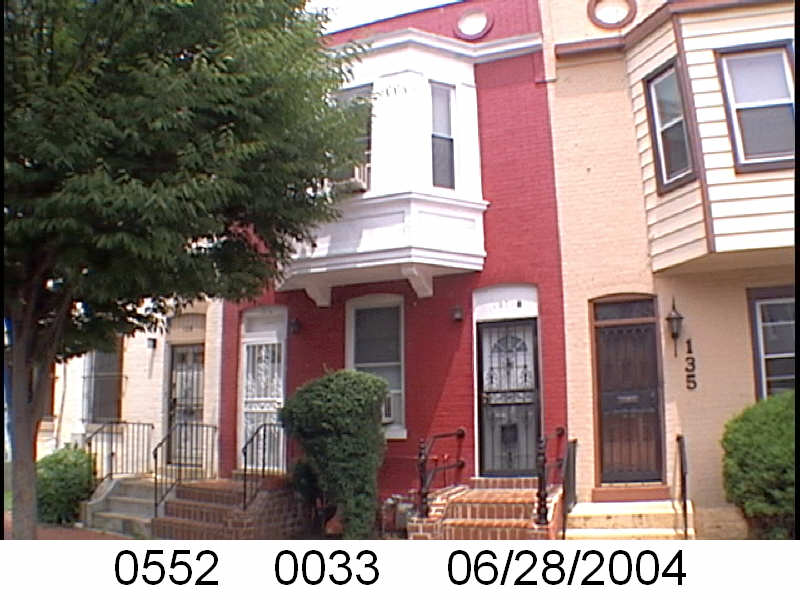
Let’s see 137 Bates’ property history:
For information about the Watsons and the Williams, see the earlier post. But this transaction seemed to work for everyone. There were no foreclosures and the property stayed in the hands of one of the families (I could not find a connection between the Watsons & Williams).
This is an update of a previous post published last year.
So I thought this was a WSIC house. It wasn’t built as one. However, it was sold as one.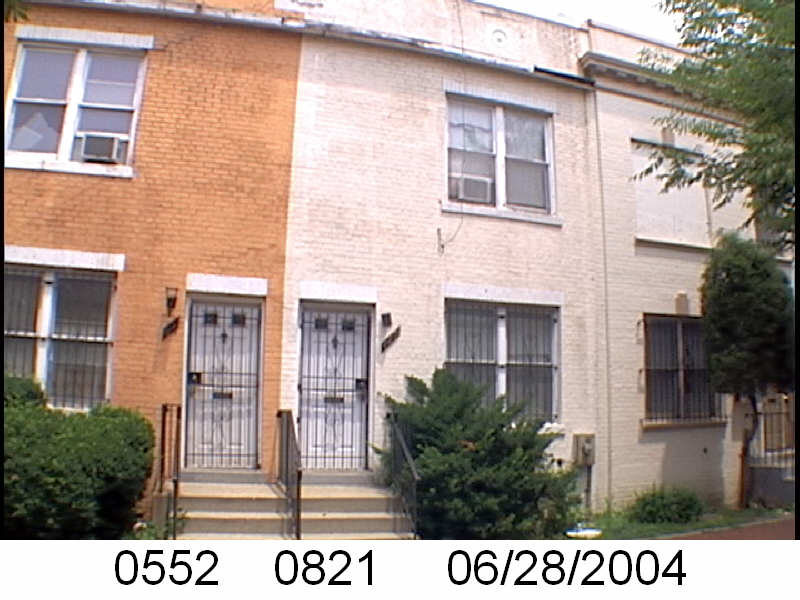 From the picture above of 127 Bates from 2004, the lot number is 0821. The land records for that lot number only goes back to 2013. So to the 1919 map
From the picture above of 127 Bates from 2004, the lot number is 0821. The land records for that lot number only goes back to 2013. So to the 1919 map

127 Bates Street NW appears to have been Lot 804. The record for that lot end in 1929. That’s the year the house was built, well after the majority of WSIC TC houses were erected.
Working on the house history of 129 Bates Street NW, it was sold as a fourplex. However, the current structure doesn’t look like a former 4 unit property. But if you combine it with 127, it does. So lets go with that. For that history check out the link above for 129 Bates.
The summary, if assuming 127-129 Bates was one, there were 3 foreclosures. It was sold to DC RLA who then sold it to the Bates Street Associates.
This is a redo of a previous post to add a little bit of more info.
The Washington Sanitary Improvement Company (WSIC) was a late 19th century charitable capitalism experiment that ended in the 1950s. This blog started looking at the homes that were supposed to be sold to African American home buyers, after decades of mainly renting to white tenants.
Looking at WSIC properties they tend to have a pattern where the properties were sold to a three business partners, Nathaniel J. Taube, Nathan Levin and James B. Evans as the Colonial Investment Co. for $3 million dollars. Those partners sold to African American buyers. There was usually a foreclosure. In 1956 Nathan Levin died and Colonial Investment Company vice president Harry A. Badt took his place in the foreclosure paperwork. Then the property wound up in the hands of George Basiliko and or the DC Redevelopment Land Agency (RLA). Then there were the odd lucky ones who managed to avoid that fate.
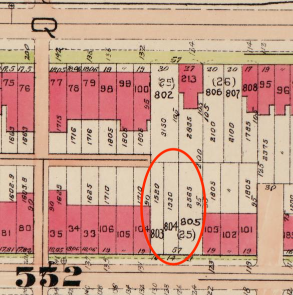
First, the lot number 822 doesn’t work. Looking at maps 129 Bates fits on lots 819 & 820, formerly of lot 25. So this examination will look at sales for lots 819/820 combined.
The last time I tried this, titles were too messy for me to do a decent tracking for this address and I gave up. I’ll make another stab at it.
Let’s see what happens with 129 Bates St NW:
129 Bates does not strike me as a 4 unit property. I’m not sure what happened with the Bowsers. Their quarter was not foreclosed, like the other 3/4th of 129 Bates. Eventually, 129 Bates was owned by the DC RLA and then Bates Street Associates. The slum landlord who usually shows up, did not.
Looking for the deed history of 127 Bates St NW, it is pretty much the same as 129, except it also has lot 782, which only appears once.
*I have not idea who James Mitchell is.